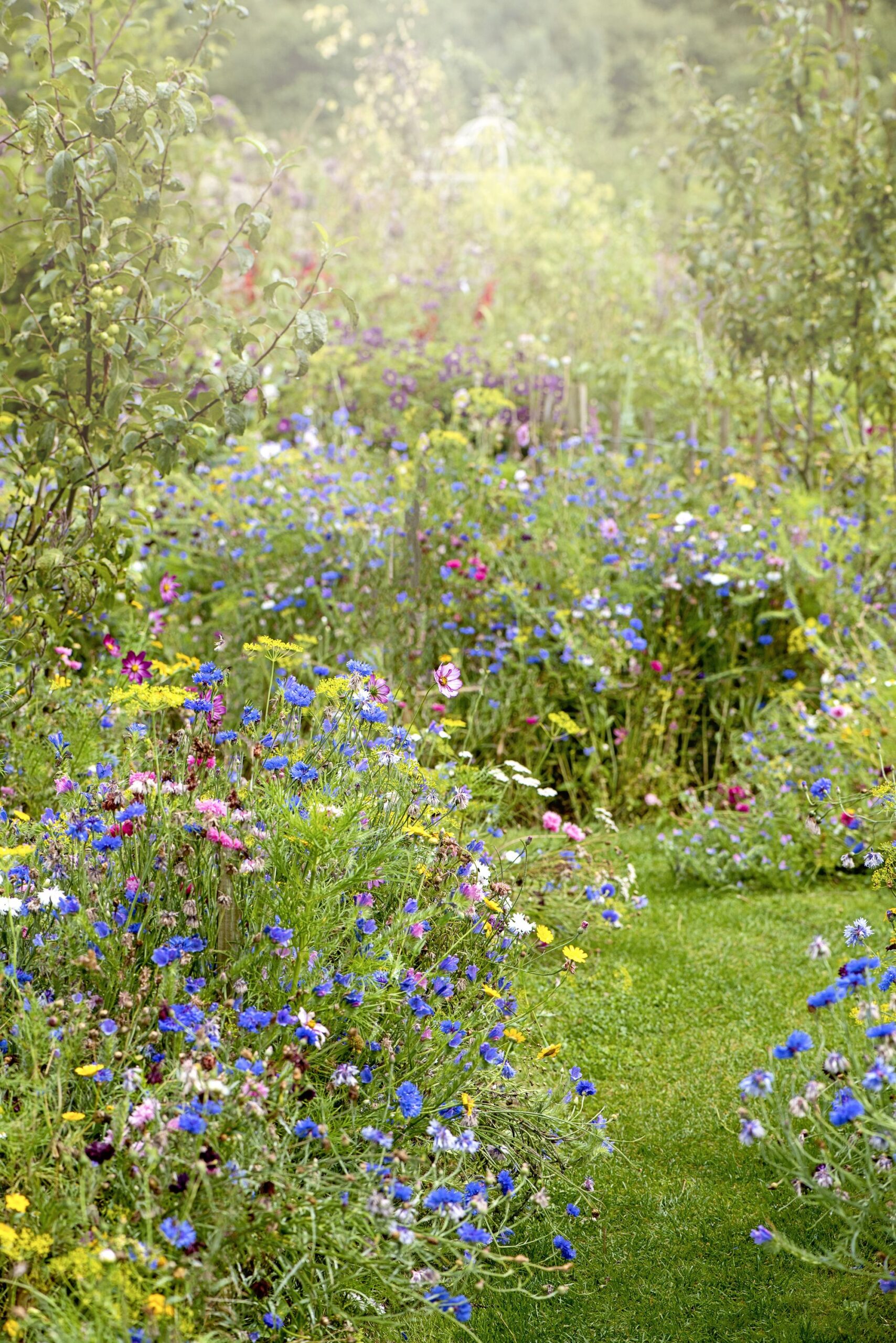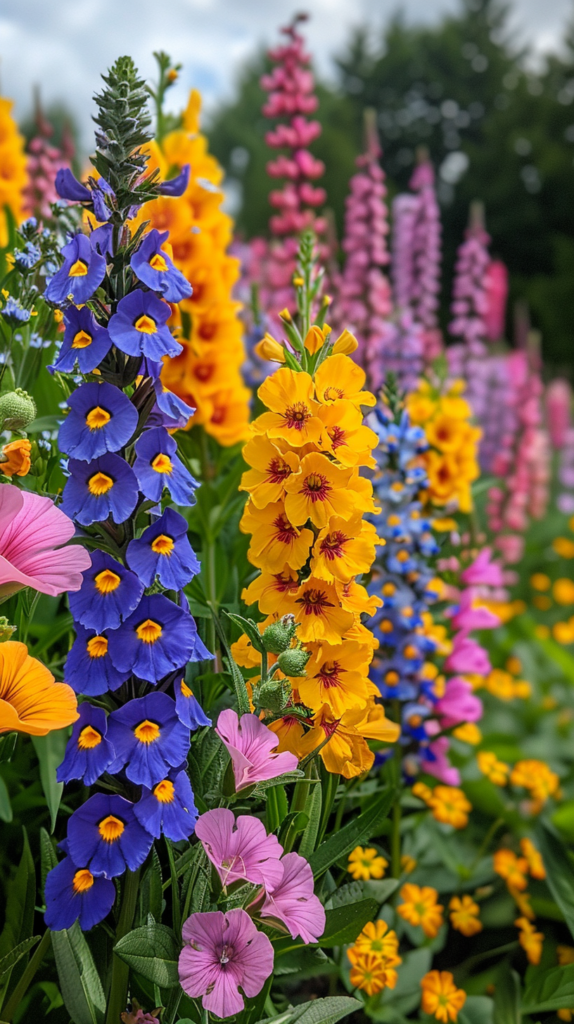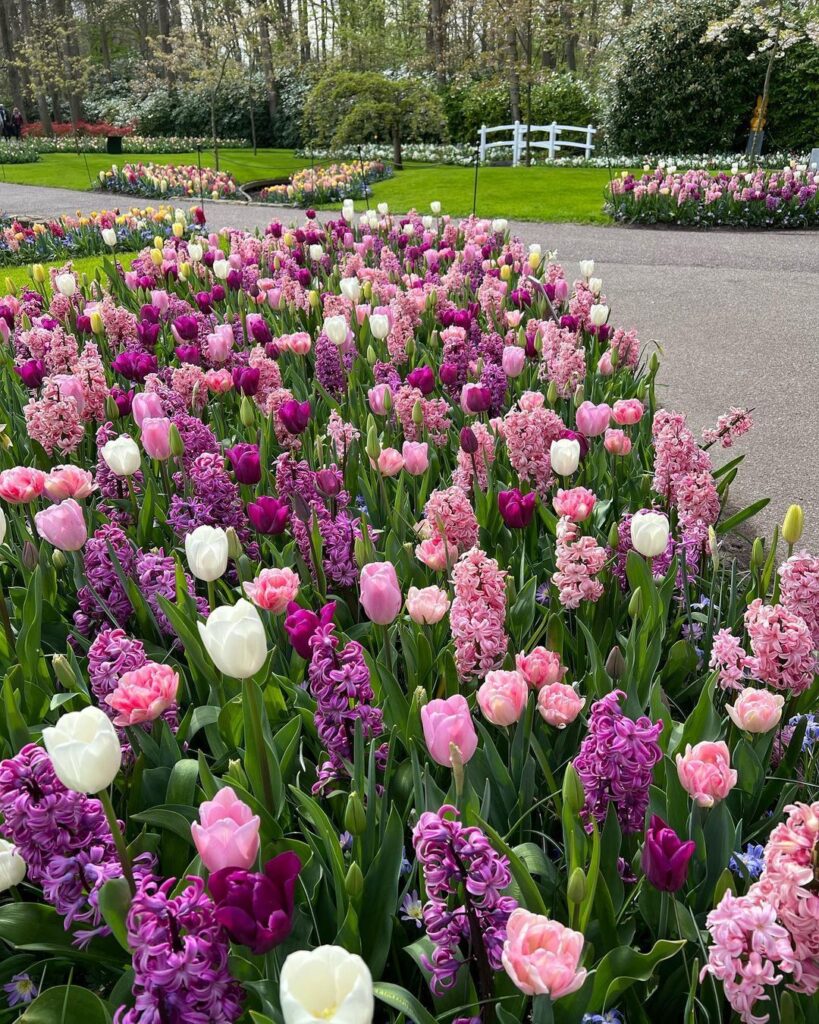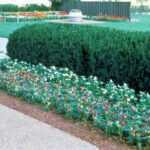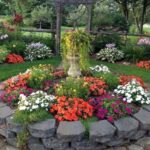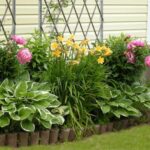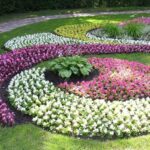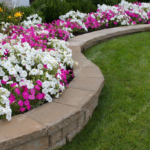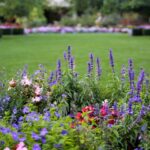Garden design is an essential aspect of creating a beautiful and appealing outdoor space. Flowers play a crucial role in adding color, texture, and fragrance to any garden. When it comes to designing a garden with flowers, there are numerous factors to consider, including the type of flowers, their placement, and how they complement each other.
One of the key aspects of garden design with flowers is selecting the right type of flowers for your garden. Consider the climate, soil type, and sunlight exposure in your garden to determine which flowers will thrive. Additionally, think about the color scheme you want to achieve and select flowers that will complement each other or create a beautiful contrast.
Another important factor to consider when designing a garden with flowers is their placement. Think about the height, spread, and bloom time of each flower to ensure they are strategically placed in your garden. Grouping flowers with similar height or bloom time can create a visually appealing display, while mixing different heights and bloom times can add variety and interest to your garden.
Incorporating a mix of annuals, perennials, and bulbs in your garden design with flowers can ensure you have blooms throughout the entire growing season. Annuals such as marigolds and petunias provide vibrant colors and are great for filling in gaps, while perennials like daylilies and hydrangeas offer long-lasting blooms year after year. Bulbs such as tulips and daffodils can add a burst of color in the spring and early summer.
Consider the overall design of your garden when selecting flowers. Think about the style of your garden – whether it is formal, informal, cottage-style, or modern – and select flowers that complement that style. For a formal garden, consider symmetrical plantings and structured beds, while an informal garden may benefit from wildflower meadows or mixed borders.
Finally, don’t forget to consider the maintenance requirements of the flowers you select for your garden design. Some flowers may require regular deadheading, pruning, or dividing, while others may be low-maintenance and only need occasional watering and fertilizing. By selecting flowers that fit within your maintenance schedule, you can ensure your garden stays looking beautiful and healthy throughout the growing season.
 yishifashion Where Outdoor Dreams Become Reality
yishifashion Where Outdoor Dreams Become Reality
